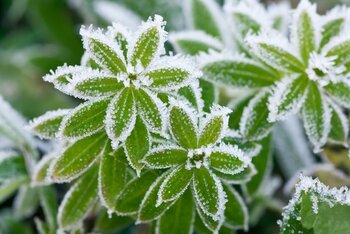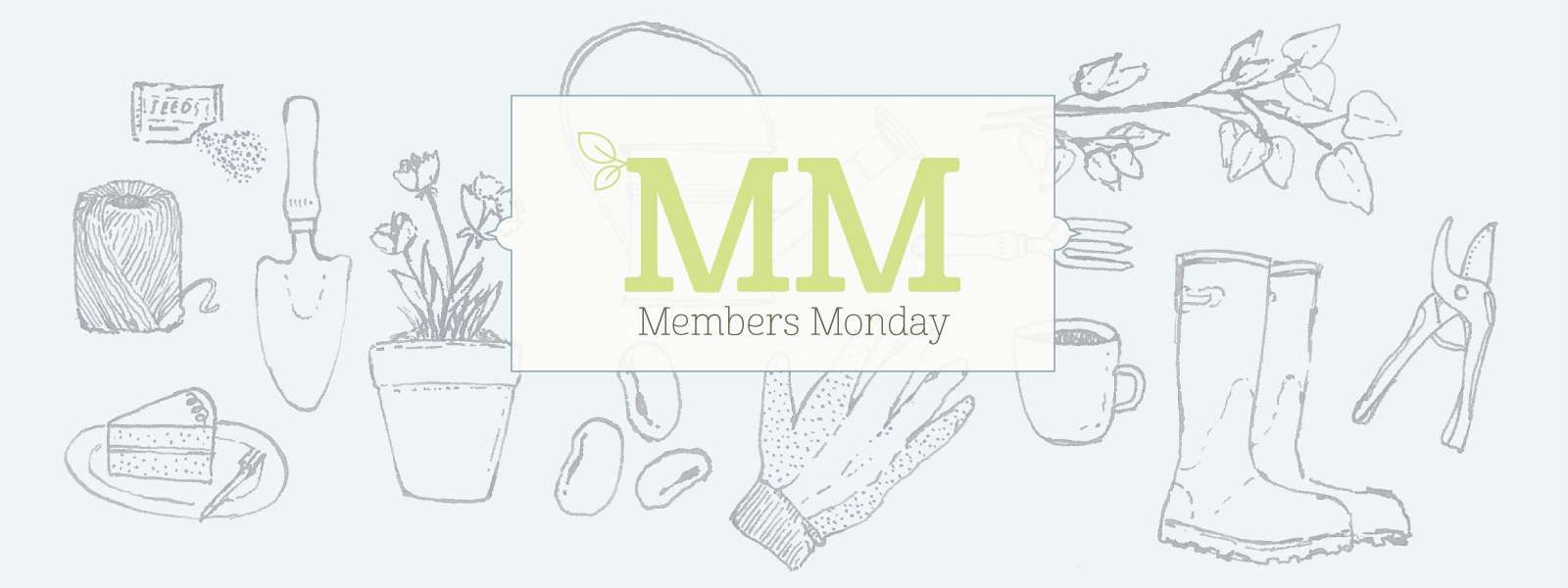
How can you tell a plant is hardy or not? Although frosty winter mornings can be beautiful, it’s heartbreaking to see your favourite plants fall victim to the icy temperatures. But once you understand how plant hardiness ratings work, you can give your plants the protection they need to see them safely through the winter months.
What does hardiness mean?
Hardiness measures a plant’s ability to stand cold winter temperatures in the gardening world. The Royal Horticultural Society has developed a hardiness rating system that classifies plants in accordance with the minimum temperature they can withstand. This rating system runs from hardiness level H7 (plants that can survive temperatures below -20°C/-4°F) to H1a (plants that must be kept above 15°C/59°F).
Hardiness definitions
Not all plant websites or labels classify their plants using the RHS ratings, so it’s helpful to know some of the other terminology used to describe hardiness and how it relates to the RHS definitions.
- Tender – these plants can’t survive temperatures below 0°C/32°F and need to be grown indoors in winter, although they may be able to be placed outside in summer. These correspond to levels H1a, H1b, H1c and H2 on the RHS hardiness rating table.
- Half-hardy – these plants will typically cope with brief periods of temperatures down to -5°C/23°F. They can survive winter outdoors in mild areas but will need protection in colder regions or hard winters. Half-hardy plants correspond to level H3 on the RHS hardiness rating table.
- Fully hardy – these plants will survive a minimum temperature of at least -10°C/14°F. They correspond to levels H4-H7 on the RHS hardiness rating table.
NB: The hardiness of a plant indicates the minimum temperature that it can survive, but other factors also need to be considered. One of the most important is soil drainage. A hardy plant can still be killed by cold weather if it’s waterlogged, and a borderline hardy plant is more likely to survive a cold snap in well-drained soil.
How to protect plants in winter
Many plants will need some protection to get them safely through the cold months. Here are a few tips on how to protect your plants in winter.
- Raise pots on pot feet to stop the compost from getting waterlogged. Even hardy plants may die in winter if planted in poorly drained pots that freeze when the temperature drops.
- Plant roots are more vulnerable to the cold in pots, so in cold areas, it’s a good idea to wrap pots in fleece or bubble wrap to provide some insulation.
- Move tender plants indoors into a greenhouse or conservatory to protect them from frosts.
- In temperate areas, protect tender dahlia and begonia tubers by covering the ground with a thick layer of organic mulch such as compost or straw.
If you’re looking for plants that can cope with winter weather, visit our centre to see our superb range of hardy plants. Our staff will be happy to help you!



